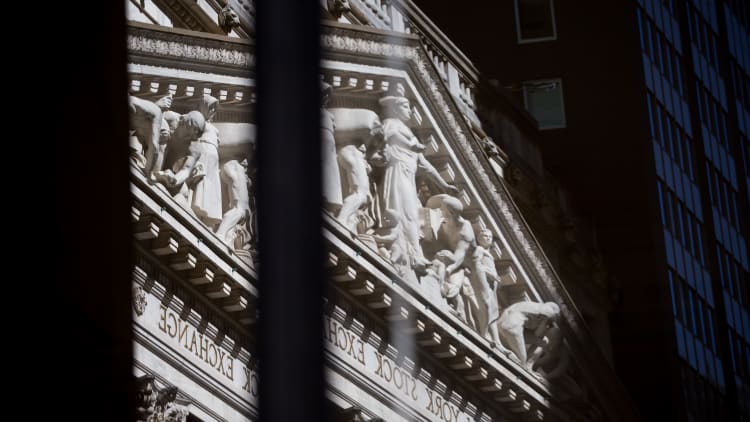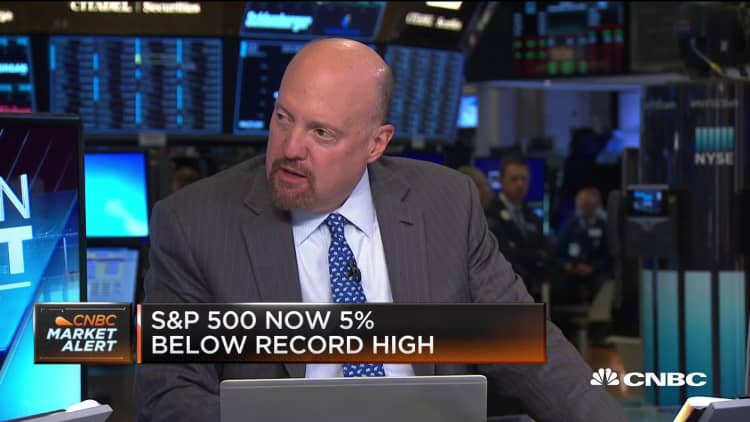Long-term government debt yields fell further below rates on short-term notes and bills during Wednesday's session, an unusual bond market phenomenon often heralded on Wall Street as a recession prognosticator.
The yield curve inversion between the 3-month Treasury bill and the 10-year note widened to its deepest level since the financial crisis, with investors now expecting a 10 basis point premium for holding 3-month bills over 10-year notes. The 3-month bill yield rose to 2.362% while the 10-year note yield dropped to 2.26%, off its lowest since September 2017 notched earlier in the session.
The yield curve is sending a warning about economic growth in the United States and the world, many investors and economists believe. Under normal market conditions, those that buy debt from the U.S. government for years are compensated with better interest rates than those who loan money for a matter of months.

That usual upward yield curve can sometimes slope downward as it is now if bond traders believe GDP growth is likely to fall. The most recent angst about the economic outlook has sparked Treasury purchases and a 5.5% decline in the S&P 500 as traders look for safety in the more-volatile market.
The spread between the 10-year yield and the 2-year yield, the part of the yield curve that some believe is most important, remained at a positive, albeit flattish 15 basis points.
"The rush to safety continues to dominate the global markets," Kevin Giddis, head of fixed income capital markets at Raymond James, wrote in a note. "On a straight yield, there is no better place to 'hide' than U.S. Treasuries."
"I still believe that a trade deal with China changes a lot of this, but each day that we don't have a deal increases the chances that we are headed to a self-fulfilling prophecy of a recession in the U.S.," he added.
China made a veiled threat earlier this week regarding rare earth metals, crucial to the production of several tech components.
China dominates the rare earth metals market. Trump also said this week that the U.S. was "not ready" to make a trade deal with China, just weeks after the two countries ratcheted up tariffs on billions of dollars worth of their goods.
A growing number now expect the Fed to cut its overnight lending rate later in 2019 as the boost from President Donald Trump's tax cuts give way to mounting trade disputes.
Fed Chair Jerome Powell, who first said in March 2018 that "there's no thought that changes in trade policy should have any effect on the current outlook," has in recent months tweaked his rhetoric, especially around Europe and China. Twelve months following those first comments on the Trump administration's trade tactics, Powell said that the weaker overseas outlook is dampening domestic growth estimates.

"Now we see a situation where the European economy has slowed substantially and so has the Chinese economy, although the European economy more," he said in March. "Just as strong global growth was a tail wind, weaker global growth can be a headwind to our economy."
Investors tracked by the CME Group's FedWatch tool believe the central bank is more likely than not to cut rates at least once by December.
The Treasury Department auctioned $32 billion in 7-year notes on Wednesday at a high yield of 2.144%. The bid-to-cover ratio, an indicator of demand, was 2.3.


